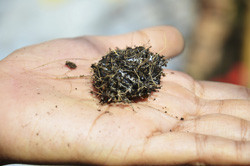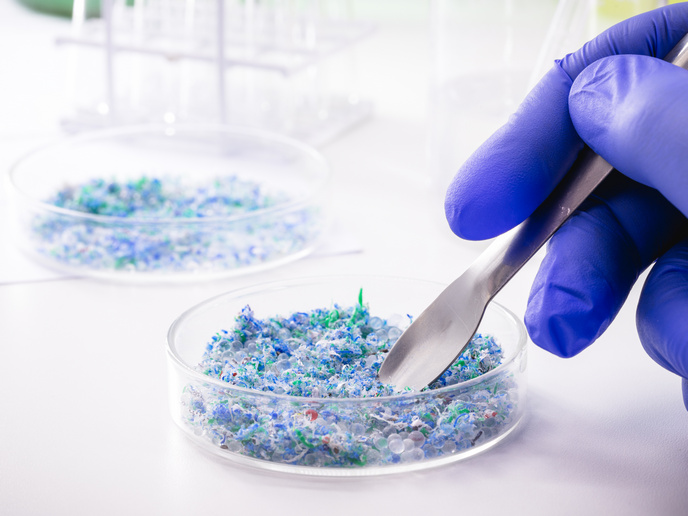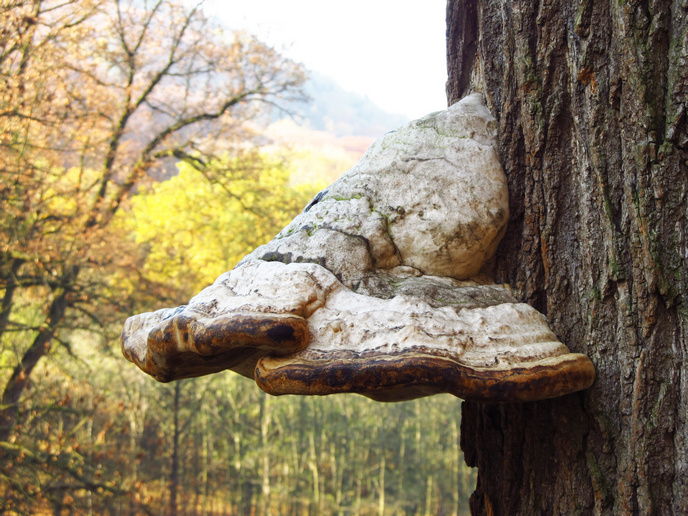Studying novel guilds of soil microbes
Soil microbes like bacteria and fungi break down plant matter (cellulose) that is rich in carbon. As such, they play a crucial role in carbon cycling on Earth, yet the factors that influence soil microbial diversity and activity remain poorly understood. Traditionally, only the tiny proportion of soil microorganisms that can be cultivated in a laboratory were studied to better understand cellulose degradation. But now, thanks to modern molecular techniques, soil samples can be directly investigated. Some of these techniques have recently been expanded on as part of the EU-funded 'Nanosims enabled approach to understand bacterial and fungal cellulose degraders in soils' (SAE_SNSP_UVA) project. In particular, researchers were able to extract sample components small enough to allow single-cell genome sequencing using advanced instruments. As a proof-of-concept for their new extraction method, they applied it to the detection of cellulose-degrading microbes from an Austrian beech forest soil. More specifically, they used biogeochemical, molecular and enzymatic studies to characterise different guilds of these microorganisms. One major finding was that adding glucose to the samples caused a shift in the community to favour bacteria, while adding inorganic nitrogen favoured fungi. This study has contributed to our knowledge of cellulose degradation and the factors that govern it. As soils contain the largest pool of carbon on Earth, it is important to gain a deeper understanding of its role in the terrestrial carbon cycle.







